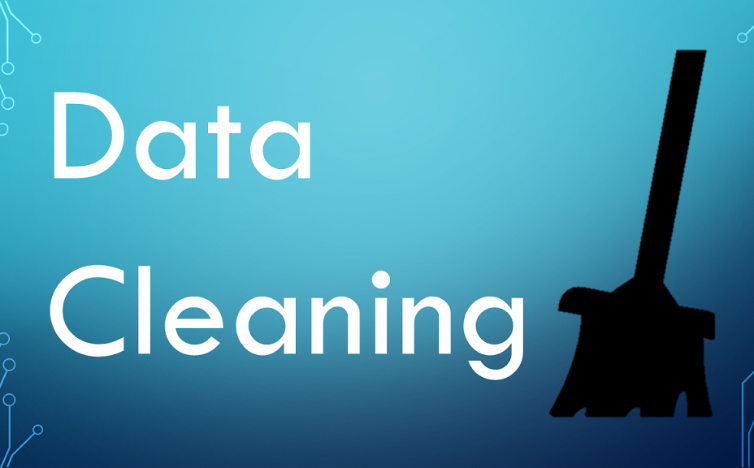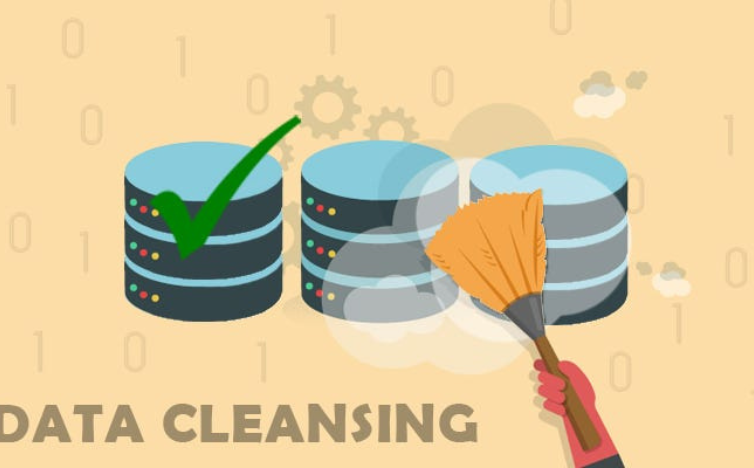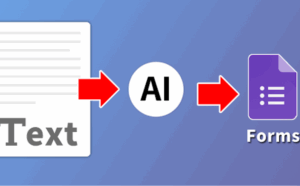In data analysis, the saying “Garbage In, Garbage Out” emphasizes a critical but often overlooked step – data cleaning. For analysts, marketers and businesses as well, ensuring that decision-making information is based on accurate, consistent and complete data is not negotiable. Cleaning it up seems to be an overwhelming process due to the enormous amount of data availability. But it doesn’t have to be this way.
The market is full of various data cleaning tools with distinctive features aimed at reducing time and enhancing your analysis precision. Here we will take you through the process of choosing the right data cleaning tool that suits your needs perfectly. Whether you’re an experienced analyst working with a big corporation or a small entrepreneur starting their first steps in analytics or even a marketer trying to improve campaign effectiveness this exhaustive tour into Data Cleaning technology is here to help you make an informed choice that will improve your game.
Table of Contents
How Data Cleaning Tools Work
Ever wondered how data cleaning tools actually work their magic behind the scenes? These innovative tools utilize algorithms to scan through your datasets, identifying and correcting errors, inconsistencies, and duplicates. They can detect missing values, standardize formats, and remove irrelevant information.
Once the tool flags potential issues within your data, it offers solutions such as replacing incorrect values with the most probable ones or removing duplicate entries altogether. Some advanced tools even have machine learning capabilities that continuously improve their error detection accuracy over time.
Data cleaning tools operate efficiently by automating manual processes that would otherwise be time-consuming for humans. By streamlining this essential task, these tools ensure that your data remains accurate, reliable, and ready for analysis at all times. So next time you run a dataset through a cleaning tool, remember the complex operations happening in the background to deliver outstanding results effortlessly!
Why Data Cleaning Matters
It is important to know why you should employ certain data cleansing software before making any decision about which one you would like to use in your projects. Below are some reasons why prioritising on data cleaning activity makes sense:

Data Reliability Enhancements
When business decisions that have serious implications are made, reliability becomes paramount because it provides solid grounds for findings and insights.
Decreases Errors
Human errors are very common when it comes to manual data cleaning processes; hence they can only be avoided by using automated tools together with built-in algorithms.
Time-Saving and Effort-Conserving
Automating this process saves many hours if not days spent on monotonous manual labor freeing up extra time for actual analysis and decision-making routines.
Performance Optimization
Well-prepared datasets have direct impact on performance of your analytic software suite – reduces processing times while keeping tools running smoothly.
See Also: 7 Best AI Tools for Data Analysts
What To Consider When Choosing A Data Cleaning Tool
There are several things which need to be taken into account while choosing the correct tool for cleaning your dataset. Here are some of them:

User-Friendliness
Intuitive and easy-to-learn tools can help your team to start using them faster and mitigate onboarding time.
Scalability
Think about your future as well as select a tool that can grow with you or your data volumes.
Well-Matched With Other Tools
Ensure that the data cleaning tool is well integrated into your analytics ecosystem in order to effectively work with the other tools within it.
Comprehensive Technical Support & User Community
A strong support system combined with an active community can serve as a valuable resource for troubleshooting problems or learning about new features.
See Also: 8 Best AI Personal Assistants
Integrating Data Cleaning Tools into Your Workflow
Integrating data cleaning tools into your workflow can streamline processes and enhance the overall efficiency of your data management. By seamlessly incorporating these tools into your daily routine, you can ensure that your data is consistently accurate and up to date.
One way to effectively integrate data cleaning tools is by identifying key areas in your workflow where errors commonly occur. This proactive approach allows you to target specific issues and automate the process of identifying and correcting inaccuracies.
Furthermore, training employees on how to use these tools effectively is crucial for successful integration. Providing proper guidance and support will empower staff members to leverage the full potential of these tools, leading to improved productivity and decision-making.
Regularly reviewing and updating your data cleaning processes ensures that you are continuously optimizing their impact on your workflow. Flexibility is key when integrating new technologies into existing systems, so be open to adjustments as needed.
Conclusion
The selection of a data cleaning tool is an investment in the solidity and efficiency of your data analysis. By understanding your needs, assessing the available tools against a set of criteria, and learning more about what’s out there, you take a step towards a more streamlined and powerful analytics workflow.
Whether you opt for the user-driven power of Trifacta, the open-source community of OpenRefine, or the comprehensive platform of Alteryx, your efforts in data cleaning will not only ensure the quality of your analysis but also pave the way for informed and strategic decision-making in your business.
Remember, the right tool can significantly enhance your efficiency and your ability to derive accurate insights from your data. Make the choice that aligns with both your immediate needs and your long-term analytic ambitions. With the right data cleaning tool at your disposal, you’re set to unlock the true potential of your data-assets and drive your business forward.
FAQS
How Do I Know If I Need a Data Cleaning Tool?
You will know when you need this particular tool if you work with data from many sources that are inconsistent or have errors in them. In case you are spending too much time cleaning your data manually, then it is high time for an automated solution.
Do I Need to Be a Data Scientist to Use These Tools?
Most of the modern day tools for data cleaning are user-friendly and can be used by non-techies. Sometimes, having some experience in data analysis does not necessarily mean having done analysis before.
Can These Tools Be Used for Real-Time Data Cleaning?
However, whether a given tool could clean your real-time dataset depends on its specifics and the kind of information source you use. Some have got features that enable them to monitor and clean incoming streams of data while others prefer batch processing; this varies among different contexts such as when working with Online Transaction Processing (OLTP) which processes one piece at a time leading to immediate results or Online Analytical Processing (OLAP) that groups pieces together then stores them temporarily in memory until required again later on.




